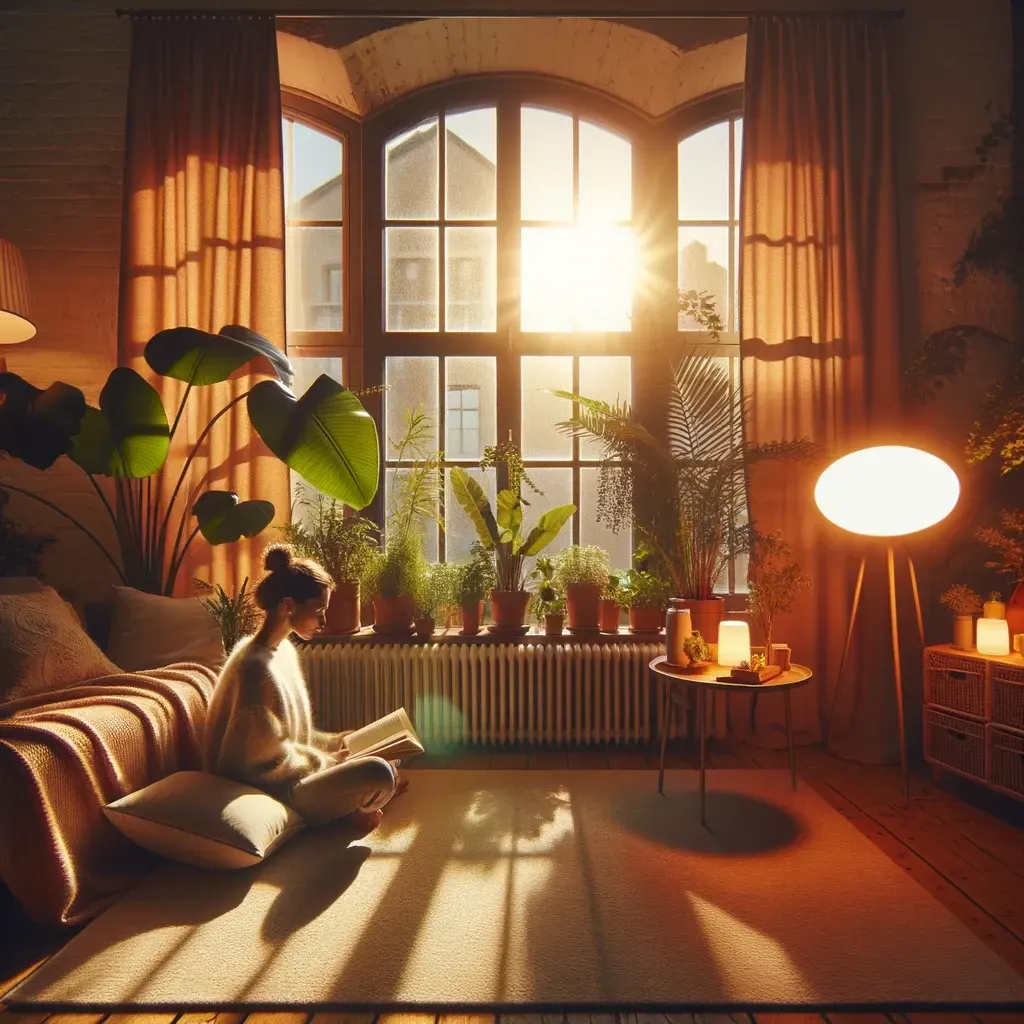
Shining Light on Seasonal Affective Disorder: Holistic Approaches to Wellness
Seasonal Affective Disorder, often abbreviated as SAD, is more than just the winter blues. It's a type of depression that occurs at a specific time of year, usually in the winter. For many, the shorter days and longer nights can lead to feelings of lethargy, sadness, and a lack of motivation.
Understanding SAD
The hallmark of SAD is its seasonality. Individuals with this disorder may feel perfectly fine during the spring and summer months, only to see their mood shift with the changing leaves. Symptoms often mirror those of major depressive disorder - including feelings of hopelessness, decreased energy, changes in sleep, and even thoughts of death or suicide.
The exact cause of SAD remains unknown, but many experts believe it's tied to the body's internal clock, or circadian rhythms. Reduced sunlight in the fall and winter can disrupt this internal clock, leading to feelings of depression.
Holistic Management of SAD
For those seeking natural ways to combat SAD, there are several holistic strategies to consider:
1. Natural Light: Exposure to natural light can help regulate melatonin and serotonin, both of which play a role in mood. Even a short walk outdoors on a cloudy day can be beneficial.
2. Diet and Nutrition: Eating a balanced diet with plenty of omega-3 fatty acids, vitamin D, and B vitamins can potentially help manage symptoms.
3. Regular Exercise: Physical activity can help boost endorphin levels, which act as natural painkillers and mood elevators.
4. Mindfulness and Meditation: Practices like yoga and meditation can help individuals stay connected to their surroundings, reducing feelings of isolation common in SAD sufferers.
Advanced Therapies and Remedies
Beyond lifestyle changes, there are specific therapies that have shown promise for those with SAD:
Light Therapy: Sitting in front of a lightbox for about 20-30 minutes a day can help regulate the body's internal clock and alleviate symptoms.
Cognitive Behavioral Therapy (CBT): This form of therapy can help individuals with SAD identify negative thought patterns and replace them with more positive ones.
Herbal Remedies: While more research is needed, some believe that herbs like St. John's Wort and SAMe can be beneficial for those with SAD.
Lifestyle Adjustments
Creating a SAD-friendly environment can also be beneficial. This might include:
Maximizing Natural Light: Open blinds and curtains, trim tree branches that block sunlight, and sit closer to windows when indoors.
Establishing a Routine: Keeping a regular routine, even on the darkest days, can help regulate the body's internal clock.
Staying Social: Engaging in social activities, even if virtual, can help combat feelings of isolation.
Personal Stories and Case Studies
Many with SAD find solace in knowing they're not alone. Sharing personal stories can be therapeutic, providing both a sense of community and a source of proven coping strategies.
Tools and Resources
While SAD can be challenging, numerous resources can help. From light therapy lamps to support groups, seeking external tools and resources can make all the difference.
Conclusion
While the winter months can be a challenge for those with SAD, holistic strategies, combined with traditional therapies, can provide a beacon of hope. By understanding the disorder and taking proactive steps, it's possible to not just survive, but thrive during the winter months.
Call to Action
If you or someone you know struggles with SAD, remember: there's no one-size-fits-all solution. Experiment with different strategies, seek support when needed, and above all, know that brighter days are ahead.




